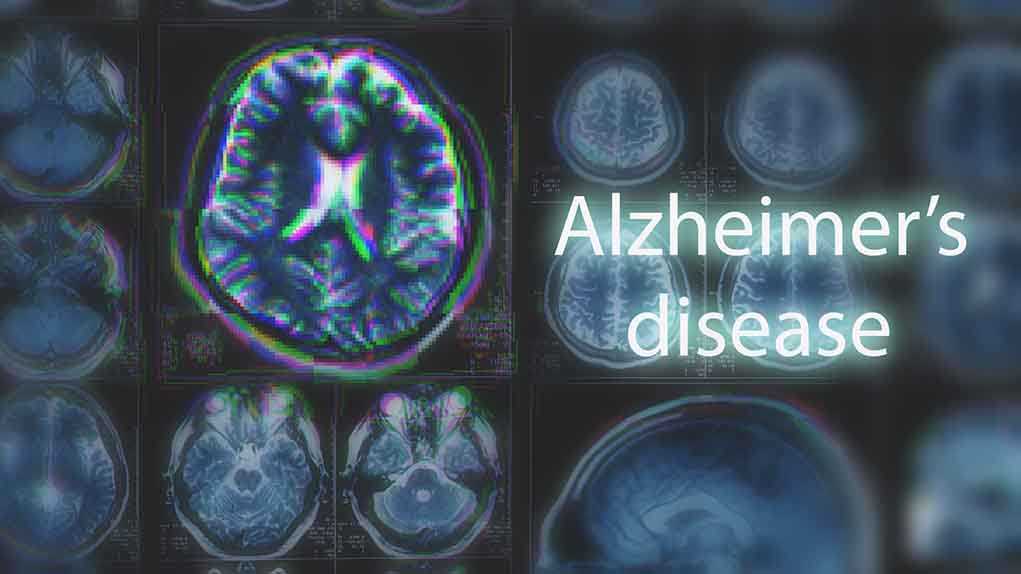
Groundbreaking research reveals that fat deposits in brain immune cells may be the hidden driver behind Alzheimer’s disease, fundamentally challenging decades of failed protein-focused treatments and opening new hope for millions of American families.
Story Highlights
- Fat accumulation in brain immune cells reduces plaque-clearing ability by 40%
- Purdue University study shifts focus from protein plaques to lipid metabolism dysfunction
- Research suggests current Alzheimer’s treatments target symptoms, not root causes
- New therapeutic approaches could restore brain immune cell function naturally
Revolutionary Discovery Challenges Medical Establishment
Purdue University researchers have uncovered evidence that fat buildup in brain immune cells called microglia and astrocytes significantly impairs their ability to clear harmful amyloid plaques. Lead researcher Gaurav Chopra’s team found these lipid-laden cells demonstrate 40% reduced effectiveness compared to healthy cells. This discovery represents a paradigm shift away from the protein-centric approach that has dominated Alzheimer’s research for decades, often with disappointing clinical results that have left families desperate for real solutions.
Fat may secretly fuel Alzheimer’s, new research finds https://t.co/ZvVSiOchq3 pic.twitter.com/EUVpthrMWl
— Georgette H Tarnow–Helping You Help Others (@YourCaregiving) October 3, 2025
Decades of Misdirected Research Finally Explained
For years, the medical establishment focused obsessively on amyloid beta plaques and tau tangles as the primary villains in Alzheimer’s disease. However, treatments targeting these proteins have consistently failed to deliver meaningful results for patients and families. Chopra’s research suggests these plaques may actually be symptoms rather than causes, explaining why conventional approaches have been largely ineffective. The study analyzed post-mortem brain tissue using advanced imaging techniques, revealing that immune cells near plaques accumulate excess lipids that cripple their natural protective functions.
Brain’s Natural Defense System Under Attack
The human brain possesses remarkable self-cleaning mechanisms through specialized immune cells that should naturally clear toxic debris. Neuroscientist Priya Prakash and her team discovered that abnormal fat deposits essentially disable these protective systems. When microglia and astrocytes become overwhelmed with lipids, they lose their ability to maintain brain health effectively. This finding aligns with conservative principles of supporting the body’s natural healing processes rather than relying solely on pharmaceutical interventions that often come with significant side effects.
Hope for American Families Battling Alzheimer’s
This research opens promising new therapeutic avenues focused on restoring immune cell function and improving lipid metabolism in the brain. Unlike previous approaches that attempted to forcibly remove protein deposits, these strategies could work with the body’s natural systems. Stanford researchers have identified genetic variants like APOE4 that affect lipid processing, while the NIH reports ongoing gene therapy research targeting lipid-related proteins. Chopra emphasized that “directly targeting plaques or tangles will not solve the problem; we need to restore function of immune cells in the brain.”
The implications extend beyond individual treatment options to broader healthcare policy decisions. If lipid metabolism proves central to Alzheimer’s development, future research funding and treatment protocols may need fundamental restructuring. This could benefit American families by shifting resources toward more effective therapeutic strategies that address root causes rather than expensive symptomatic treatments that often provide limited benefit while draining family finances and healthcare resources.
Sources:
Fat buildup in brain cells could provide new target for Alzheimer’s treatment
Rethinking Alzheimer’s gene variant APOE4
2025 NIH Dementia Research Progress Report
Unsaturated fats and women’s health research

















